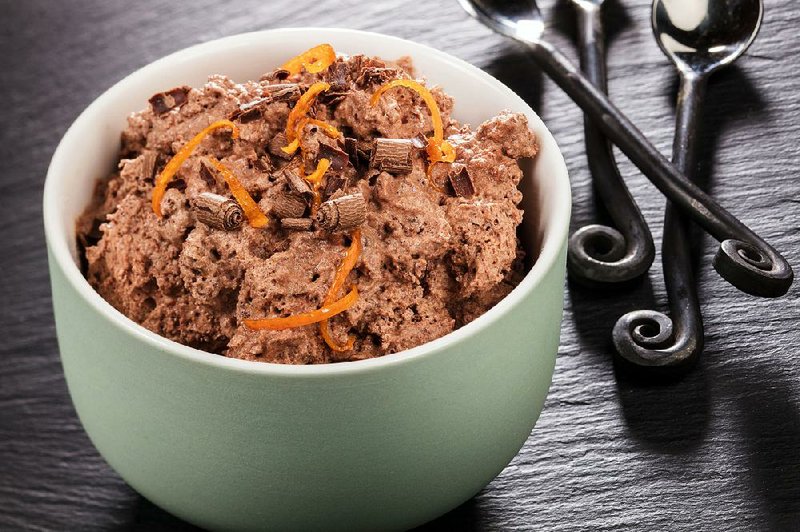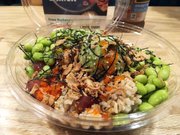Can you say kabocha? How about kombucha? What do you do with aquafaba?
And, really, who doesn't like an Arnold Palmer?
These are just a few of new food words that Merriam-Webster have added to the dictionary mix. More than 850 new words and their definitions were added recently, and many of them are culinary terms.
"In order for a word to be added to the dictionary it must have widespread, sustained, and meaningful use," explains Emily Brewster, associate editor at Merriam-Webster in a news release. "These new words have been added to the dictionary because they have become established members of the English language and are terms people are likely to encounter."
Here's a taste of some of the new food words that have been added:
Aquafaba (aqua-fa-ba): "The liquid that results when beans are cooked in water." One of the more popular bean liquids that is being used is that of the canned chickpeas. Its popular use is as an egg replacement in recipes such as waffles and pancakes. Chickpea liquid is also said to whip up nicely for meringue.
Arnold Palmer: A cold beverage mix of iced tea and lemonade. Created by golfer Arnold Palmer, the idea struck the late golf champion after a round of golf in the desert in the early '60s. "I wanted something that would be refreshing and realized that lemonade would be a natural complement to iced tea, since most people add a lemon wedge to their tea," according to merriam-webster.com.
Cotija (co-ti-ja): A hard, white, crumbly Mexican cheese made from cow's milk. This cheese is noted for its saltiness and is like parmesan.
Fond (fahn): Small particles of browned food and especially meat that adhere to the bottom of a cooking pan and are used especially in making sauces. These concentrated browned bits form on the bottom of the pan when food is sauteed or roasted. When you deglaze the pan with a liquid, the bits are scrapped up to flavor the sauce.
Harissa (ha-ris-sa): A spicy North African paste made from dried chiles, salt, oil, and other seasonings. Harissa is used as a condiment or served with meats, vegetables and poultry.
Kabocha (ka-bo-cha): A winter squash (Curcubita maxima) of Japanese origin that is round with somewhat flattened top and bottom, typically dark green skin usually streaked or mottled with pale green, and yellowish-orange sweet flesh.
Kombucha (kom-bu-cha): A gelatinous mass of symbiotic bacteria (as Acetobacter xylinum) and yeasts (as of the genera Brettanomyces and Saccharomyces) grown to produce a fermented beverage held to confer health benefits.
Natto (nat-to): A dish of fermented soybeans with a pungent flavor and gluey texture that is eaten chiefly in Japan and usually served over rice.
Poke (po-ke): A Hawaiian salad made typically from cubed pieces of raw seafood (such as tuna) marinated with soy sauce and sesame oil and mixed with onions or other ingredients.
Queso/chili con queso (que-so): A dipping sauce of melted cheese and chopped chile peppers
Tzatziki (dzah-ze-ke): Greek yogurt sauce made with cucumbers and garlic.
Unoaked: Not aged in oak barrels. For example, an unoaked chardonnay.
Za'atar (za'a-tar): A Middle Eastern spice blend made usually of dried herbs (such as thyme or marjoram), dried sumac and sesame seeds. Za'atar used in many dishes and is sprinkled on vegetables, in salads and used to season pita chips.
Style on 03/27/2018

